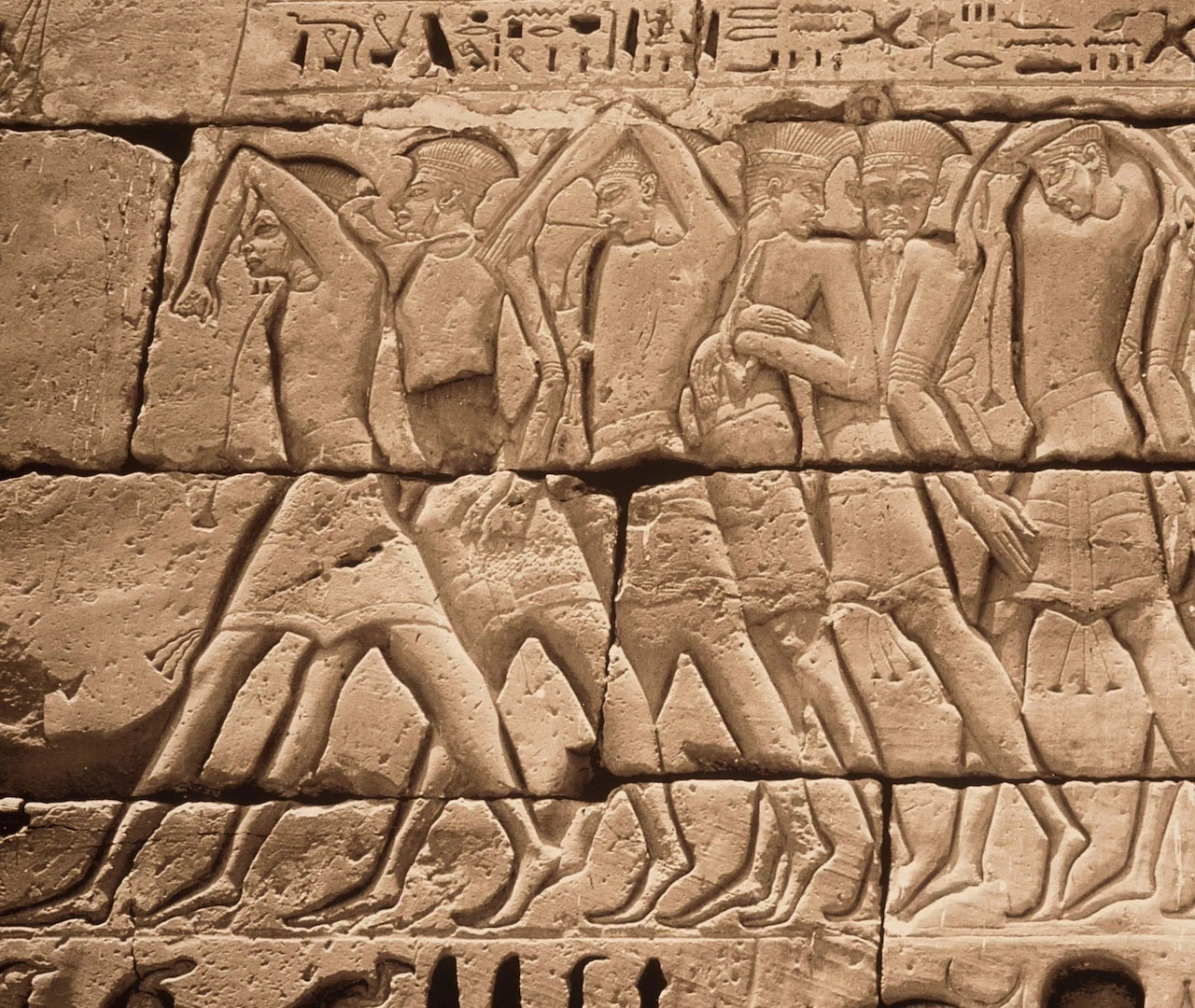The ancient Philistines, a mysterious and intriguing people, have left behind remnants of their culture that continue to captivate archaeologists and historians. Among the artifacts that offer a window into their daily life, Philistine pottery stands out as a key element. These vessels, adorned with distinctive designs and crafted with skill, reveal much about the customs, trade, and artistry of this enigmatic civilization.
I. The Art of Philistine Pottery
Philistine pottery is a testament to the artistic prowess of this ancient society. Characterized by unique motifs and intricate patterns, these vessels were not merely utilitarian but also objects of aesthetic value. The Philistines demonstrated a keen sense of design, often using a combination of geometric shapes, animals, and human figures to adorn their pottery. These motifs provide insights into the Philistines' cultural symbols and belief systems.
II. Everyday Utility and Functionality
Beyond their artistic value, Philistine pottery sheds light on the practical aspects of daily life. Various types of vessels, including bowls, jugs, and storage jars, were crafted for specific purposes. The shapes and sizes of these containers reflect the functional needs of the Philistine households – from cooking and food storage to transportation of liquids.
III. Trade and Cultural Exchange
The analysis of Philistine pottery has unveiled evidence of extensive trade networks and cultural exchanges. Imported pottery styles from neighboring regions, such as Mycenaean and Cypriot influences, can be observed in Philistine ceramic wares. This attests to the interconnectedness of ancient Mediterranean civilizations, suggesting a rich tapestry of trade and cultural interaction.
IV. Ritual and Religious Significance
Philistine pottery also played a role in religious and ritual practices. Some vessels were dedicated to specific religious ceremonies, and their designs often included symbols associated with deities or spiritual beliefs. Understanding these artifacts provides a glimpse into the spiritual dimensions of Philistine society.
V. Unraveling Philistine Identity
The study of Philistine pottery contributes significantly to our understanding of Philistine identity. While often depicted as adversaries in biblical narratives, these artifacts reveal a people with a nuanced and sophisticated culture. The intricate designs, the diversity of forms, and the incorporation of external influences speak to a society that thrived at the crossroads of ancient civilizations.
VI. Challenges and Ongoing Discoveries
Decoding Philistine pottery is not without its challenges. The lack of written records from the Philistines themselves makes interpretation reliant on archaeological context and comparative analysis. However, ongoing excavations and advancements in archaeological techniques continue to unveil new discoveries, enriching our understanding of this fascinating culture.
Philistine pottery serves as a tangible link to the daily lives, artistic expressions, and cultural interactions of an ancient people. By deciphering the patterns on these vessels, archaeologists continue to unravel the mysteries of the Philistines, painting a more comprehensive picture of a civilization that left an indelible mark on the ancient world.




